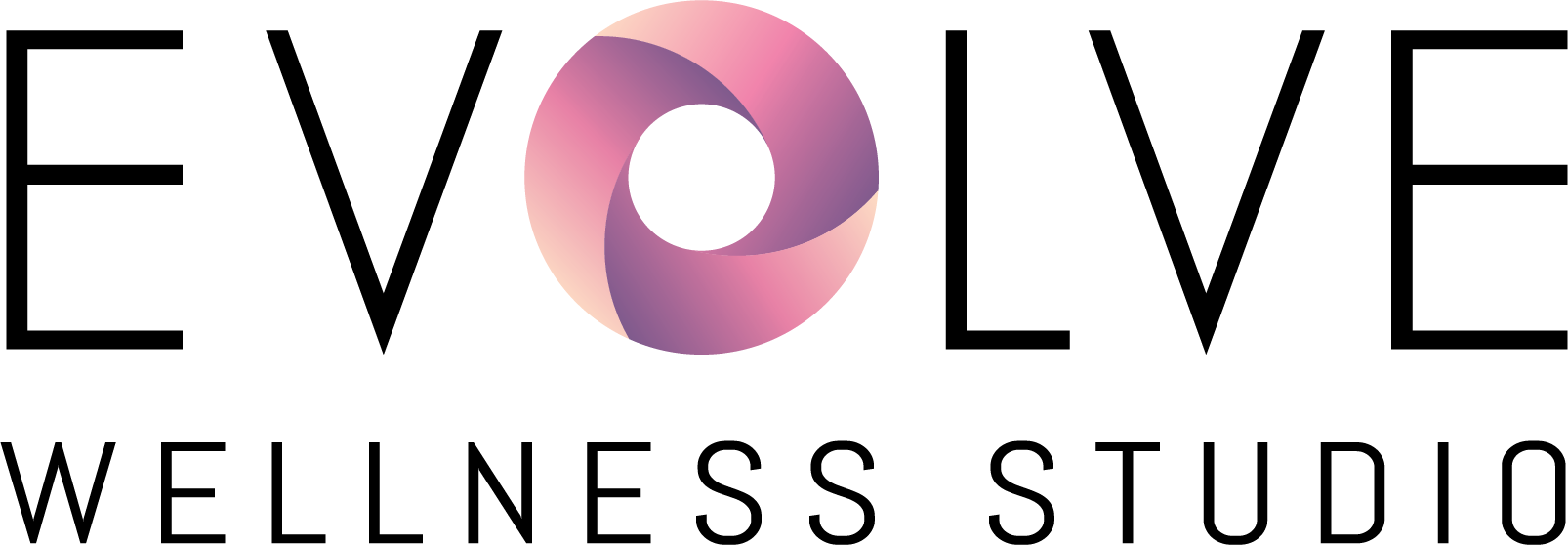Hormone Replacement Therapy
About HRT
Over the past several decades, hormone replacement therapy (HRT) has been concurrently at the forefront of medical science, and the focal point of public interest, while being effectively prepared and administered to millions of patients. While researchers and physicians have been making great strides in knowledge and treatment, Oprah has talked about it, Suzanne Summers has written about it etc.
In general, HRT is the method used to treat the symptoms of menopause and other hormonal imbalances in both sexes. However, HRT is most often spoken of (and will be so here) as female hormone replacement, which is traditionally contrasted with testosterone replacement therapy (TRT). Nevertheless, it should be made very clear that both HRT and TRT may be required by and administered to either gender.
Request A Consultation
How Hormone Replacement Works
Hormone replacement therapy is the method used to treat not only the symptoms of menopause, but all other hormonal imbalances as well. A hormone will only act on a part of the body if it ‘fits’, and can therefore be thought of as a type of ‘key’. Its target site (such as a cell) has specially shaped receptors which are analogous to ‘locks’ on their cell walls. If the key(hormone) fits the lock (receptor site), then the hormone will work by impacting the target site (cell), and altering the function of its tissue and/or organ.
The primary affected glands include:
- Pituitary gland – inside the brain, oversees the other glands and keeps hormone levels in check. It can also bring about a change in hormone production somewhere else in the system by releasing its own ‘stimulating’ hormones.
- Thyroid gland – inside the neck, controls the rate of metabolism.
- Parathyroid glands – inside the neck surrounding the thyroid gland, control the level of calcium in the bloodstream.
- Adrenal glands – atop each kidney, make a number of different hormones, such as adrenaline and cortisol in times of stress, as well as sex hormones.
- Pancreas – inside the abdomen, an organ of digestion which makes insulin to control the amount of sugar in the bloodstream.
- Ovaries – inside the female pelvis, make female sex hormones like estrogen.
- Testes – inside the male scrotum, make male sex hormones like testosterone.
Goal of HRT
The goal of HRT is to optimize function, prevent morbidity with aging, and to enhance quality of life. With proper modification, adjustment, and titration by an experienced anti-aging practitioner, the benefits of HRT far outweigh the risks. Anti-aging physicians remain steadfastly at the helm advancing hormone replacement therapy, thereby providing crucial research data to ultimately negate the controversy and confirm the safety and efficacy of HRT.

Ready to Get Started?
Let us know what kind of treatments you’re interested in. We look forward to helping you get back to you!
